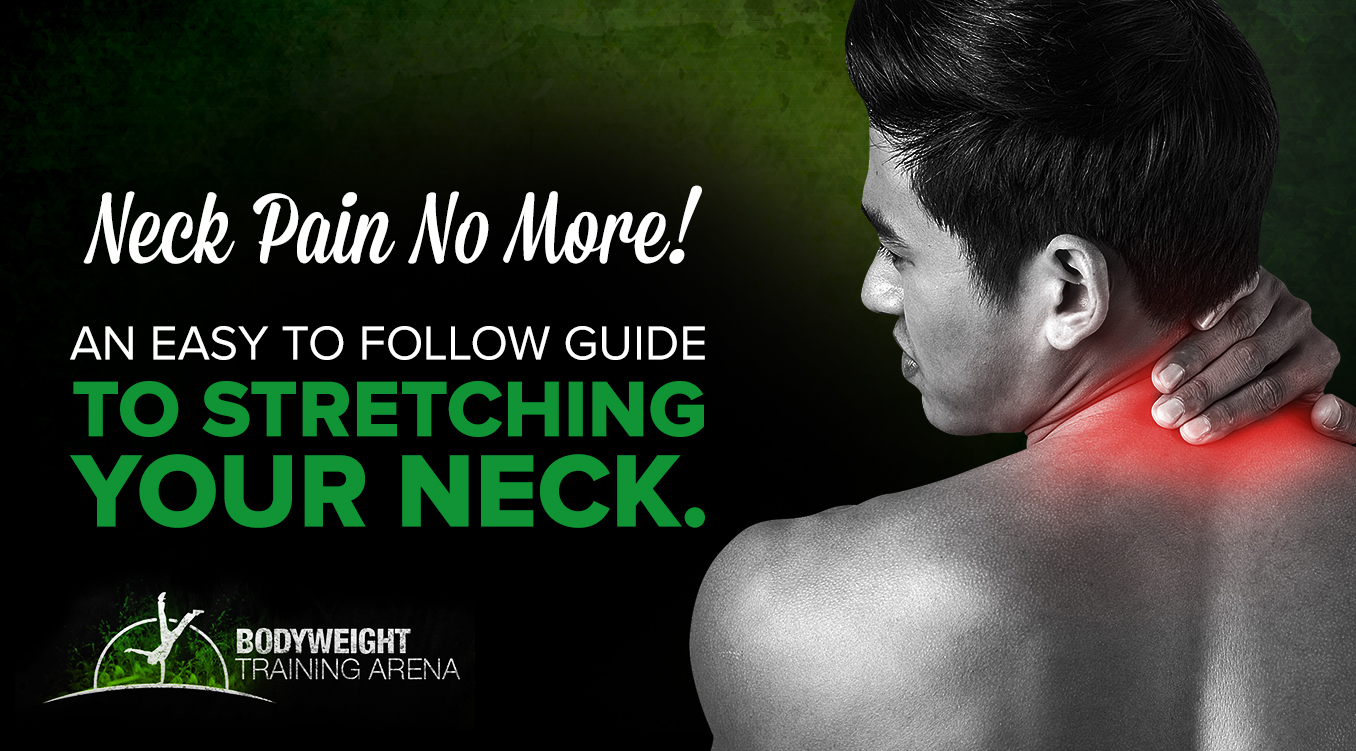Join the tribe of Movement & Calisthenics Athlete – people just like you that are working with their own body weight to get strength, lose fat build muscle, recover from injuries and live their best lives!
Having a stiff or a sore neck is a common condition experienced by many. It is usually felt after staying in one position for so long such as being in front of a computer or upon waking up after an uncomfortable sleep. One way to ease the pain in your neck is to keep it moving through safe and gentle neck stretches you can perform anywhere.
What Causes Neck Pain?
Neck pain is defined as any discomfort you feel in your neck area. It is also referred to as cervical pain. The cervical spine in your neck is responsible for supporting your head while moving it in several directions, however, its complexity and mobility make the neck prone to pain and injury.
If you are experiencing neck pain, then you are not alone. According to Dr. Frank Pedlow, an orthopedic spine surgeon at Harvard-affiliated Massachusetts General Hospital, approximately 80% of people experience neck pain during their lifetime, and 20-50% deal with it annually. It has also been reported that neck pain is the 4th leading cause of disability.
Neck pain can be caused by different circumstances. The strain and pressure felt by your neck can be triggered by the following:
- Poor Posture, with hunched and rounded shoulders
- Muscle strain caused by prolonged, awkward head position such as in bed or in front of a computer
- Injuries and accidents
- Nerve compression
- Worn joints or old age
- Certain diseases like rheumatoid arthritis, cancer or meningitis
Symptoms of Neck Pain
The symptoms of neck pain usually vary. It can be a mild crick you feel on one side of your neck, or the pain can also be so excruciating that it starts to affect your upper back and shoulders.
Neck pain also develops differently. Sometimes the pain can start mild but can worsen overtime. It can be felt immediately after an injury or it can also begin hours or days after the trauma. It is also possible for you to feel neck pain suddenly in the middle of the day for no apparent reason.
Here are some of the common symptoms of neck pain.
- Pain and stiffness
- Numbness or tingling
- Clicking and grating noises
- Headaches, dizziness and blackouts
- Muscle Spasms
- Weakness and general soreness
How to ease neck pain
These symptoms might go away quickly, last a few weeks, come and go regularly or remain constant. When you start feeling discomfort in your neck, there are different things you can do in order to ease your pain.
You can take a pain reliever, adjust your pillow, and put hot & cold compress on your neck. But another effective treatment is to perform safe stretching exercises.
Stretching is an important exercise to improve flexibility. In calisthenics, one way of becoming more agile and flexible is to practice regular stretching.
Other benefits of stretching include keeping your joints healthy and mobile, helping prevent injury and stiffness, as well as increasing physical performance.
3 Stretching Exercises to Help Relieve Your Neck Pain
These are gentle stretching exercises that can help relieve your pain. In performing neck stretches, it is important to carefully follow these steps and do the exercises slowly, avoiding sudden, jerky movements. If your neck pain is severe, it is best to consult a doctor.

FORWARD AND BACK NECK STRETCH
- You can do this exercise seated or standing up.
- Start by having your head looking forward in a neutral position. Your head should not be tilted up, down or to the side. It should be relaxed, with your shoulders in an upright position.
- Very gently, bring your chin down to your chest and hold it for 5 to 10 seconds, until you feel the stretch at the back of your neck.
- Slowly lift up your head until it goes back to the starting position, then continue to tilt it back with your eyes to the ceiling.
- the position for 5-10 seconds, until you feel the stretch at the front of your neck.
- Make sure that your head is moving in a straight plane, and not tilting or rotating to the side.

SIDE TO SIDE
- This is another gentle stretch but this one targets the sides of your neck. You can also perform this exercise while sitting or standing up.
- Start with your head in a neutral position, looking forward and center, chin parallel to the floor.
- Inhale deeply, and while you exhale, gently turn your head to the left side.
- Your chin should not be tilted up or down, rather, it should be parallel to the floor.
- Inhale again as you turn your head back to the center and exhale gently turning your head to the right side,
- If you want a deeper stretch, you can hold your head to the side for 5 -10 seconds before returning back to the starting position.
- Repeat the exercise 4 times.

SIDE NECK RELEASE
- It is best to do this stretch while sitting down on the floor, in a cross-legged position or you can also sit on a chair with both of your feet flat on the ground.
- Start with your upper body in an upright position, keeping your shoulders relaxed and your head looking forward.
- Next, lift your right arm over your head and touch your palm to your left ear.
- Slowly tilt your head to the right, using your hand to gently apply pressure as your neck stretches. Your right ear should be pointing towards your right shoulder.
- Do not bend your torso to the side. You can use your other hand to hold on to your knee, the chair, or the floor to ensure that your upper body is stabilized and not leaning sideways. This is important to isolate the stretch to your neck area.
- Hold onto the neck stretch for 5-10 seconds, or up to 30 seconds.
- Slowly tilt your head up to return to the center position and repeat the stretch with your left side.
- Repeat this exercise 4 times.
How to Prevent Neck Pain
Simple changes in your daily routine can also help you in preventing neck pain to recur again in the future.
Always trying to keep a proper posture is very important as poor posture is often associated with neck pain. When you find yourself in a single position for an extended period such as when traveling in an airplane or sitting in front of your desk for long hours, take frequent breaks by moving or stretching your neck and shoulders.
Avoid straining your neck by carrying heavy loads on your shoulders and last but not the least, sleep in a good position with your head and neck aligned with your body. A comfortable pillow and mattress can help relieve unnecessary pressure on your neck area.
If you are already experiencing neck pain, following these easy exercises can go a long way to provide you with relief. You can adjust and personalize the exercises depending on your comfort level without compromising on safety.
As the flexibility in your neck improves, this will enable you to gradually perform calisthenics exercises that will help strengthen your neck. If you want to learn more about how effective calisthenics is and what your body is truly capable of, take the assessment now and let The Movement Athlete Academy help you in your journey.
Meanwhile, if you’ve managed to perform our recommended neck stretching exercises, we’d love to hear from you! Have these exercises helped you declare neck pain no more?
READY TO GET ON THE JOURNEY OF A LIFETIME?
See what our users are saying:
“Would you rather have the ability to boast of bench pressing 300 pounds or to do a one-arm pull-up? To me, pulling my entire body up with one arm is much more impressive. – Michael – The Movement Athlete Academy User”
“The Movement Athlete Academy is not the kind of program that demands you to be this physically fit to be able to perform. Instead, it caters to your own strengths and capabilities and keeps track of your progress.”
“Stick with it! It is hard at first, especially if you are stuck on a lower-level, high rep exercise. But persevering is worth it! Finally reaching each goal is so exciting.”





0 Comments